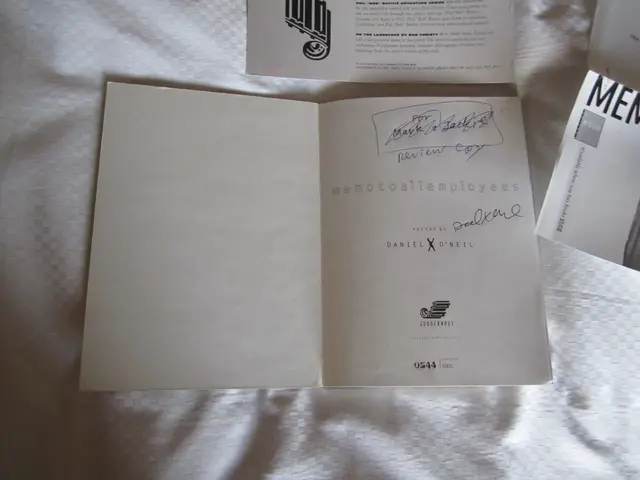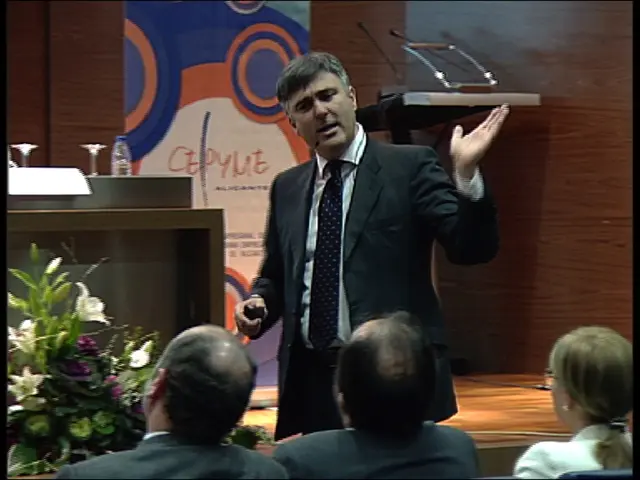Uncovered: Ancient "Triumphant Burial Pits" from 6000 Years Ago, Revealing Mass Graves, Chopped Off Limbs, and Torture Evidence
In a groundbreaking study published in the journal Science Advances, archaeologists have uncovered evidence of large-scale ritual violence in Neolithic Europe, centuries before the emergence of cities or writing. This discovery sheds light on the darker aspects of human history, revealing a time when communities marked military triumphs by mutilating and discarding enemies in communal pits.
The findings, made at sites near Bergheim and Achenheim in Northeast France, suggest that Neolithic Europe was not immune to politics, cruelty, and the terrible human habit of turning suffering into spectacle. The victims, mostly adult men, were likely captured enemies, with their remains serving as war trophies and monuments to domination.
The study reveals different categories of "otherness" in Neolithic communities. Some captives were humiliated, mutilated, and discarded, while others were executed in public rituals of triumph. The pits were carefully curated to tell a political story, with the geography of conquest possibly explaining why complete skeletons and severed arms ended up in the same victory pits.
Archaeologists think the Bruebach-Oberbergen culture, the locals in the area, had no quarrels fighting back. However, it's not entirely clear what these gruesome, ritualized celebrations of victory were meant to accomplish. The impulse of displaying war trophies hasn't gone away, from medieval quartered traitors to modern war trophies.
The international team of researchers determined the victims were foreigners by analysing their chemical "fingerprints" in bones and teeth. The victims suffered blunt force trauma, and some had piercing holes, suggesting public exposure for torture and killing.
This ancient brutality was not just about killing enemies but telling a story and justifying cruelty. The pits were not mere graves for enemies but monuments to domination, fitting within the broader history of groups from the Paris Basin pushing into the Upper Rhine Valley around 4300 BCE.
At two sites near Strasbourg, archaeologists found evidence of overkill and dismembered left arms. These findings add to the growing body of evidence that Neolithic Europe was far more complex and violent than previously thought. As we continue to uncover the secrets of our past, it serves as a reminder of the darker aspects of human nature that still persist today.
Read also:
- Peptide YY (PYY): Exploring its Role in Appetite Suppression, Intestinal Health, and Cognitive Links
- Toddler Health: Rotavirus Signs, Origins, and Potential Complications
- Digestive issues and heart discomfort: Root causes and associated health conditions
- House Infernos: Deadly Hazards Surpassing the Flames








